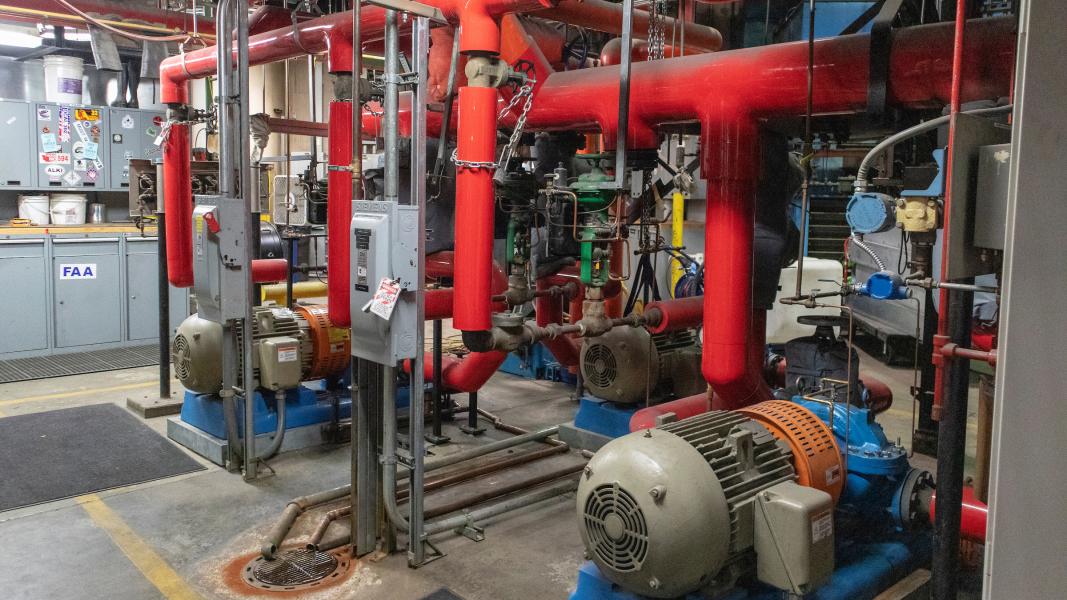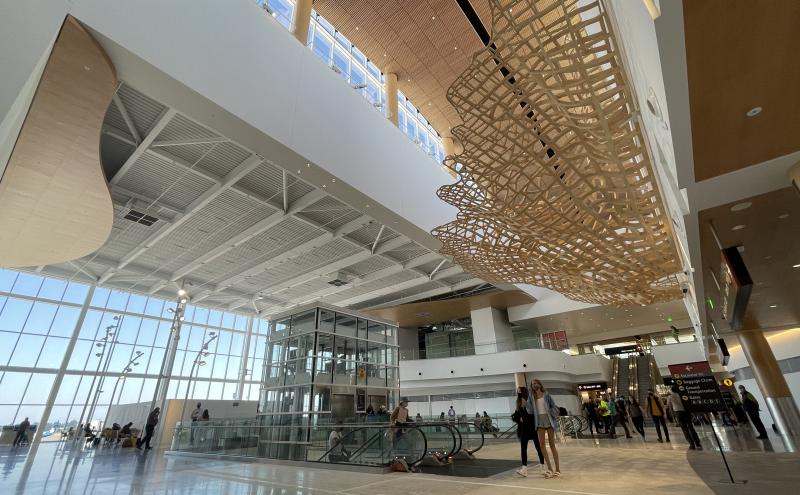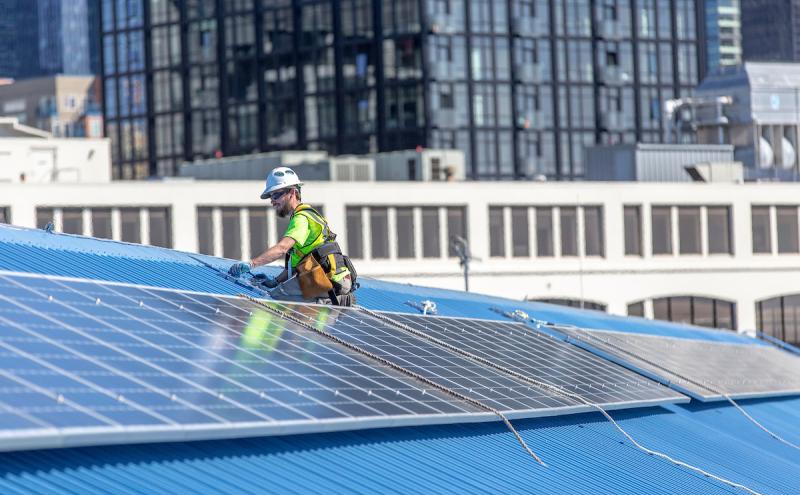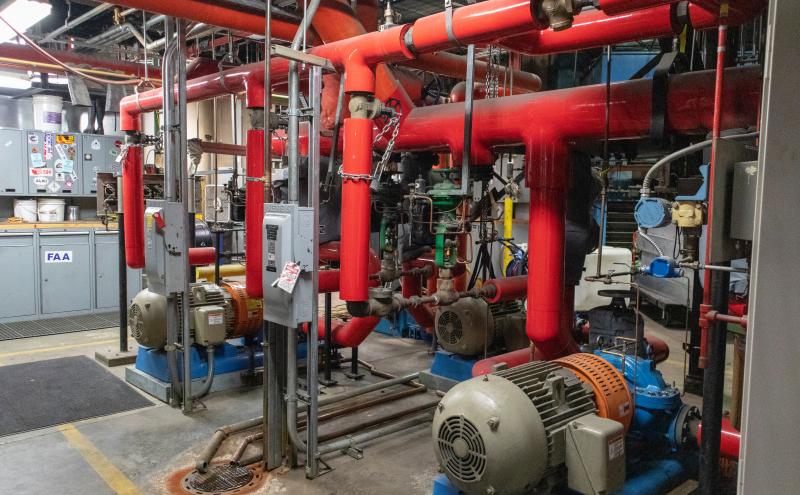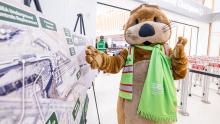None of us living in the Pacific Northwest take our beautiful environment for granted, so we all work hard at recycling, refilling our water bottles, and protecting the environment. At SEA, you may have noticed that our favorite color is green.
In the quest to be the greenest and most energy-efficient port in North America, the Port has actively embraced green building techniques. With the renovation of the 1970s North Satellite, new green features are rolling out as we type.
From harvesting rainwater to heating the facility with renewable natural gas (RNG), these green features will help the building achieve a Leadership in Energy and Environmental Design (LEED) certification from the U.S. Green Building Council. And, the North Satellite Modernization project is currently tracking towards a LEED Silver certification.
While you’re traveling through the new North Satellite, look around to see if you can spot some of these great green features.
Rainwater collection
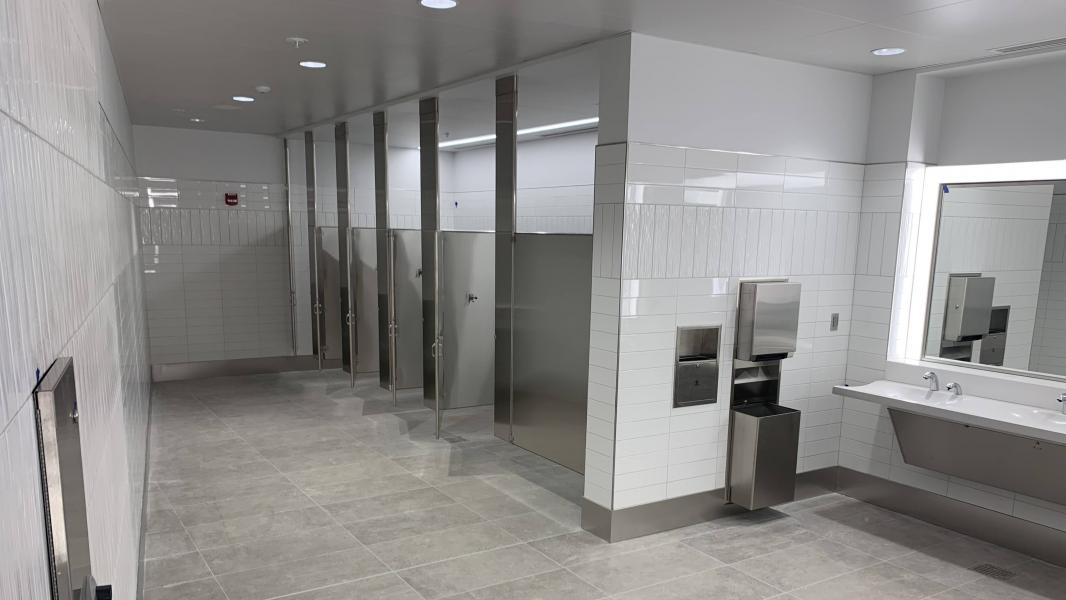
Responsible lumber
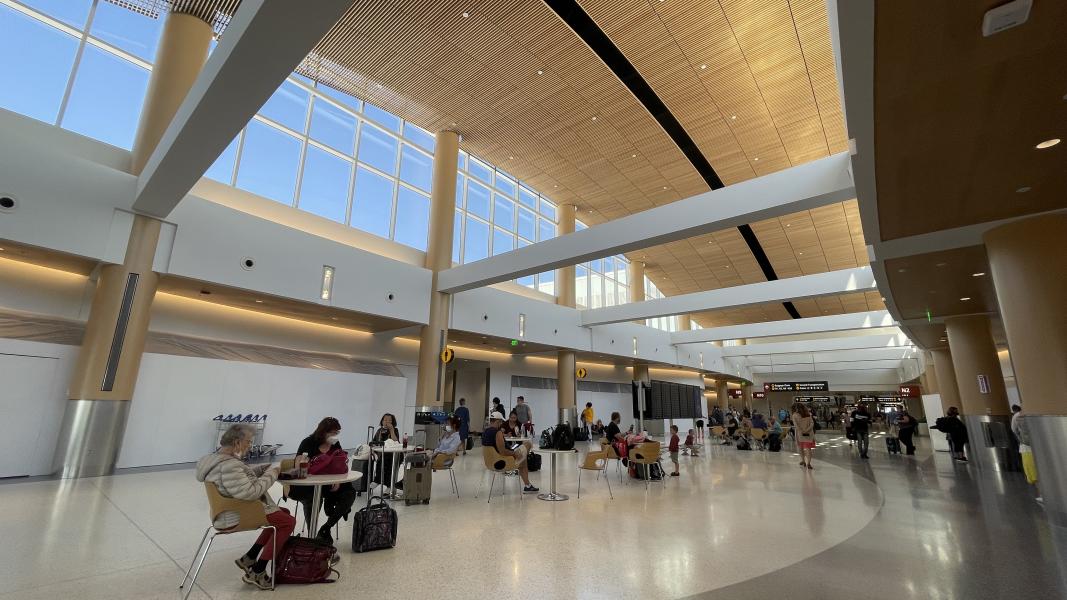
Efficient lighting
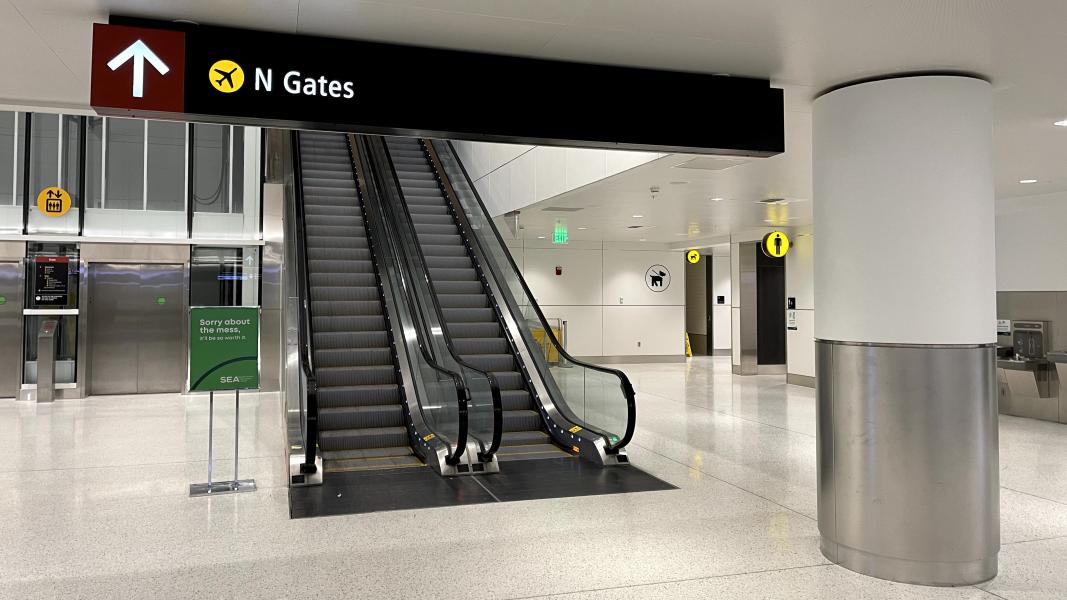
Construction material recycling
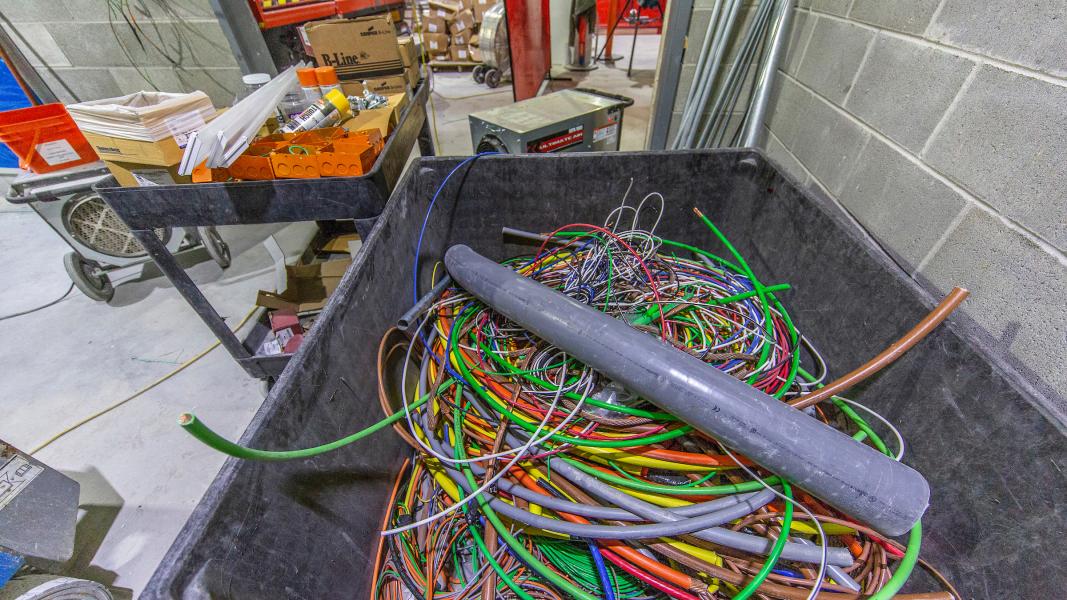
Renewable natural gas
